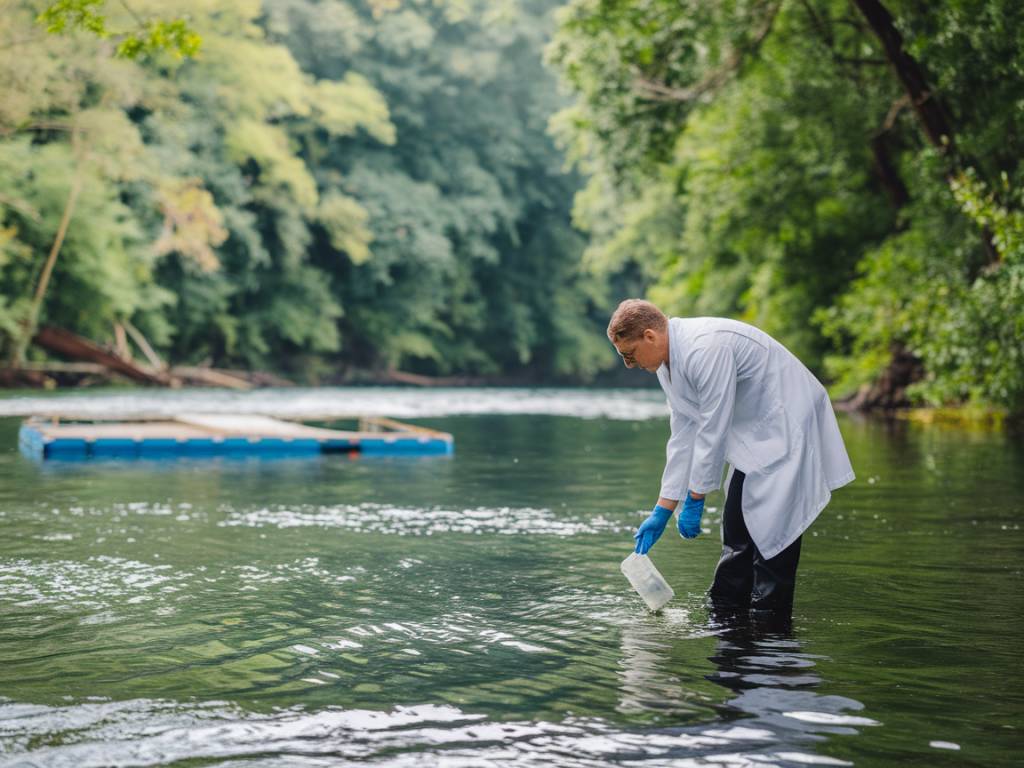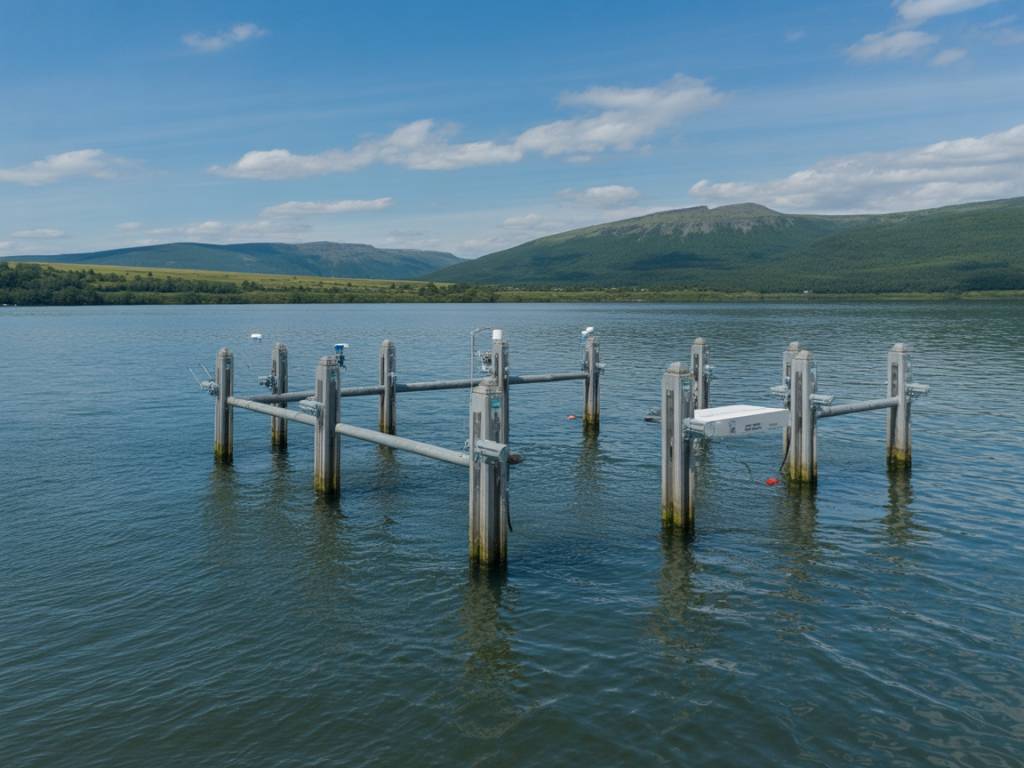The Role of Governments in Regulating Water Quality
In the intricate dance of life, water orchestrates an essential rhythm, nurturing ecosystems and sustaining civilizations. But in a world where industrial giants and agricultural practices can cast shadows over our aqueous resources, who takes on the role of conductor to ensure this symphony remains harmonious? The baton often rests firmly in the hands of governments.
Setting the Standards: How Governments Define Water Quality
At the heart of governmental regulation lies the establishment of water quality standards. These benchmarks ensure that the water flowing from our taps, gushing through our irrigation systems, and residing in our lakes and rivers is safe for consumption and use. But how are these standards defined?
Governments, often through agencies such as the Environmental Protection Agency (EPA) in the United States or the European Environment Agency (EEA) in Europe, conduct rigorous scientific assessments. They analyze the toxicity levels of various chemicals, the presence of pathogens, and even the aesthetic qualities of water, like taste and odor. It’s akin to a meticulous art curator identifying which pieces are worthy to be displayed in a prestigious gallery, ensuring each selection contributes positively to the overall masterpiece.
Enforcement: The Watchful Guardians of Water Quality
Defining standards is only the beginning. Governments employ enforcement mechanisms to ensure these standards are met. Picture a vigilant guardian patrolling the borders of a treasured sanctuary. Inspections, monitoring programs, and penalties for violations form the tripod supporting this vigilance.
Regular water quality testing is a fundamental aspect. By systematically sampling water sources, government bodies can detect pollution incidents early. Modern technology has bolstered this aspect, with sensors and real-time data collection acting like an ever-watchful eye, enabling immediate responses to potential threats. Governments also rely on citizen engagement, encouraging the public to report anomalies, thus broadening the protective net around our precious water resources.
Legislation: The Laws that Protect Our Waterways
Laws and regulations serve as the skeleton of governmental efforts, providing structure and strength to water management initiatives. The Clean Water Act in the United States, for instance, exemplifies this protective framework, placing restrictions on pollutant discharges and funding wastewater treatment facilities.
But legislation isn’t just about imposing restrictions. It’s about fostering collaboration and innovation. Governments often provide incentives for industries to develop cleaner technologies and adopt sustainable practices. Through subsidies or tax breaks, they encourage a symbiotic relationship between industrial progress and environmental stewardship, reminding us of nature’s own harmonious partnerships, like those found between coral and algae.
Public Education: Encouraging Stewardship and Awareness
Governments also play a pivotal role in educating the public about water quality issues. By running awareness campaigns and integrating water education into school curriculums, they plant seeds of knowledge that empower citizens to become stewards of their own water environments.
An informed public is a powerful ally. Consider the difference between a passive observer and an active participant in safeguarding water resources. The latter can spearhead community initiatives, demand accountability from industries, and support sustainable policies, creating a ripple effect that strengthens national water quality efforts.
International Collaboration: Water Knows No Borders
Rivers, streams, and underground aquifers often defy man-made boundaries, weaving through countries and continents. Thus, international collaboration becomes vital. Governments partake in global treaties and agreements, such as the United Nations Watercourses Convention, to manage shared water resources.
This cooperation is more than a diplomatic formality; it forms the essence of proactive environmental stewardship. By working together, nations can share best practices, technological advancements, and data, creating a robust international tapestry of water quality protection.
Challenges and Future Directions
Despite comprehensive frameworks and vigilant enforcement, challenges persist. Climate change, with its unpredictable weather patterns, threatens to disrupt water quality and availability on a global scale. Population growth and urbanization stretch the limits of existing infrastructure, demanding innovative solutions.
Looking to the future, governments must continue to adapt and evolve. This evolution involves embracing new technologies—such as AI-driven water monitoring systems—and reevaluating policies to ensure they align with emerging environmental challenges. It also means fostering partnerships with the private sector, non-governmental organizations, and local communities, ensuring a holistic approach to water management.
In essence, the role of governments in regulating water quality is multifaceted and dynamic, much like the waters they seek to protect. As we navigate this complex flow, it becomes clear that their guidance and regulation are essential to preserving the delicate balance of our planet’s most precious resource.




